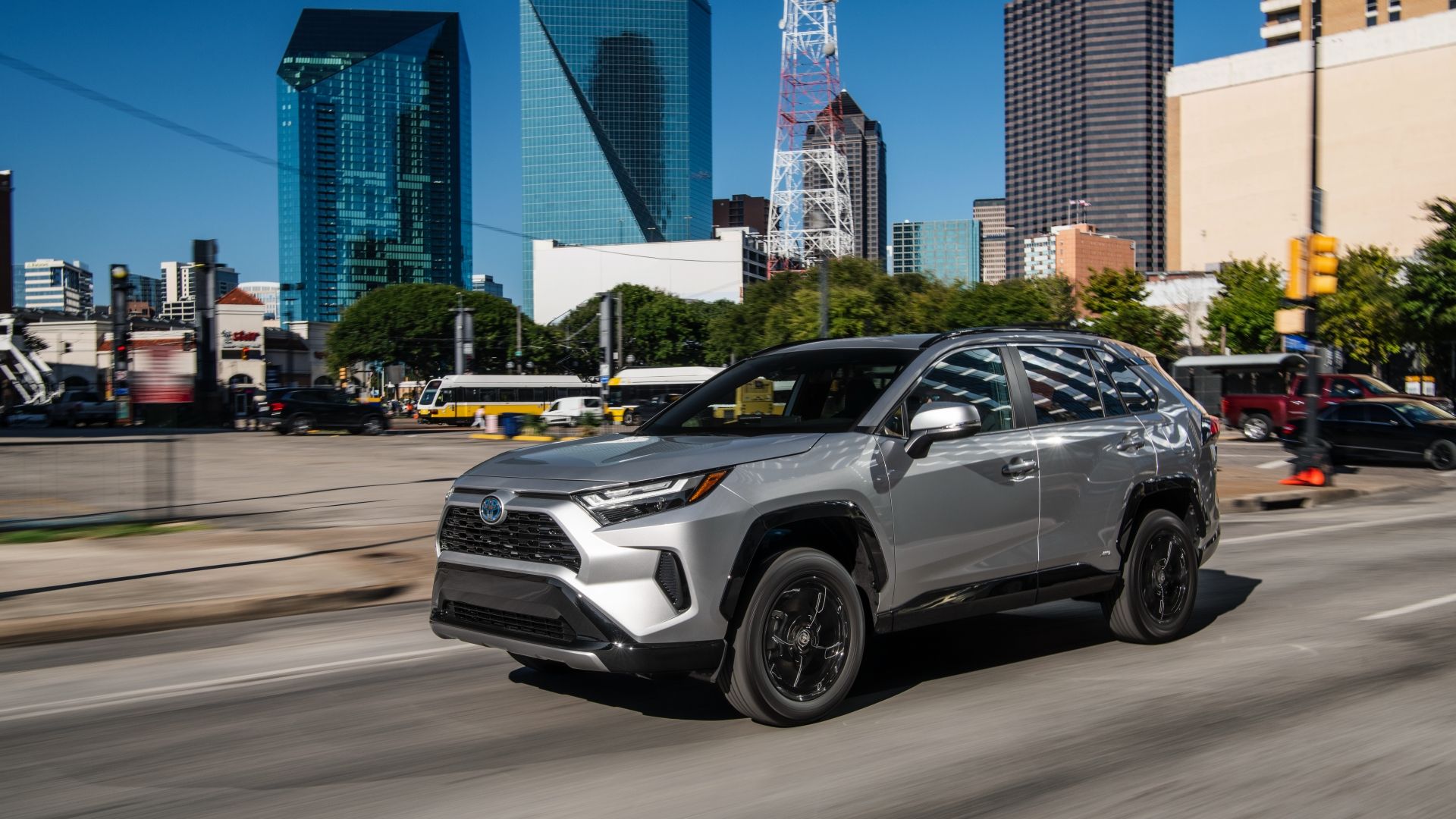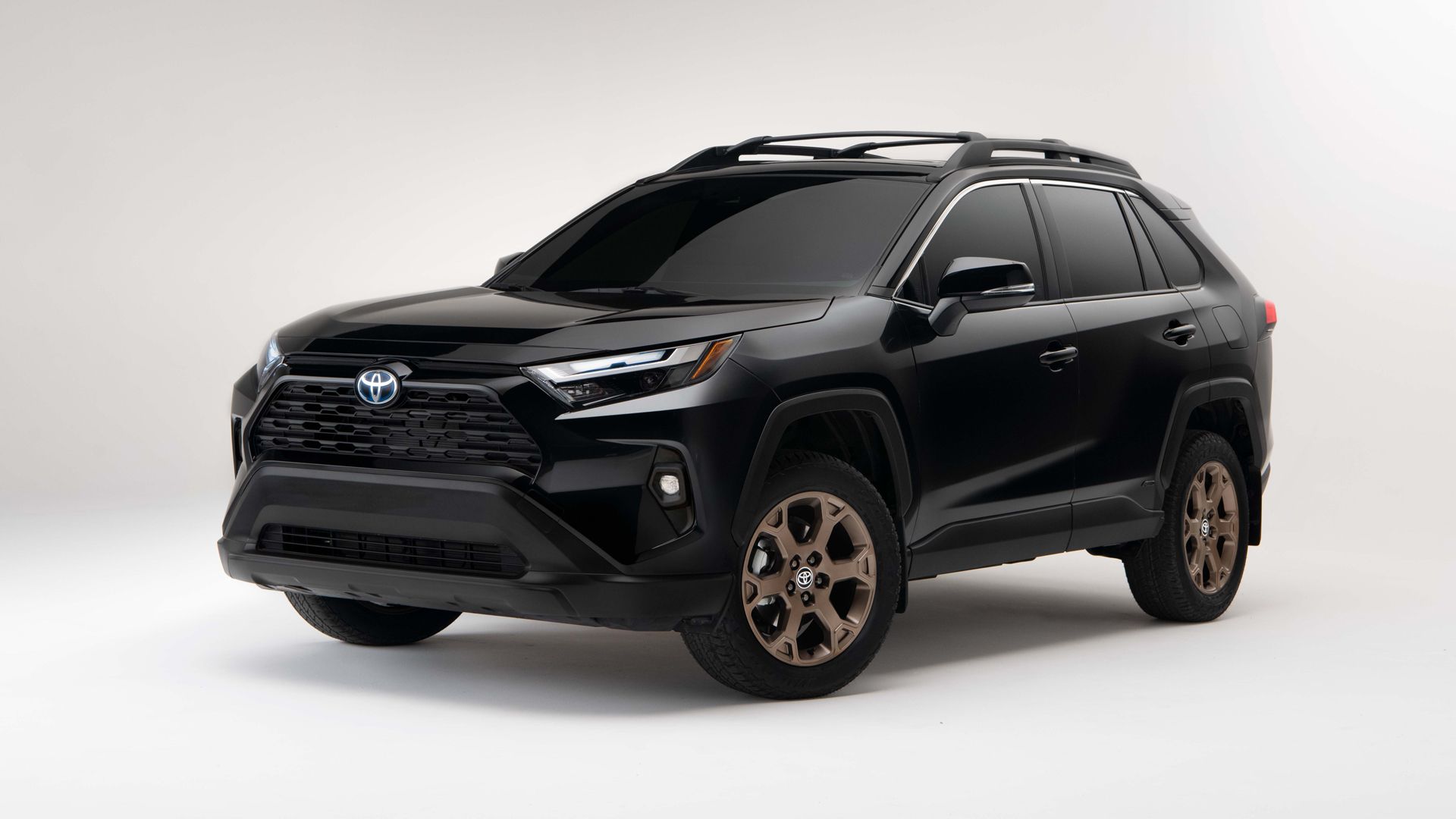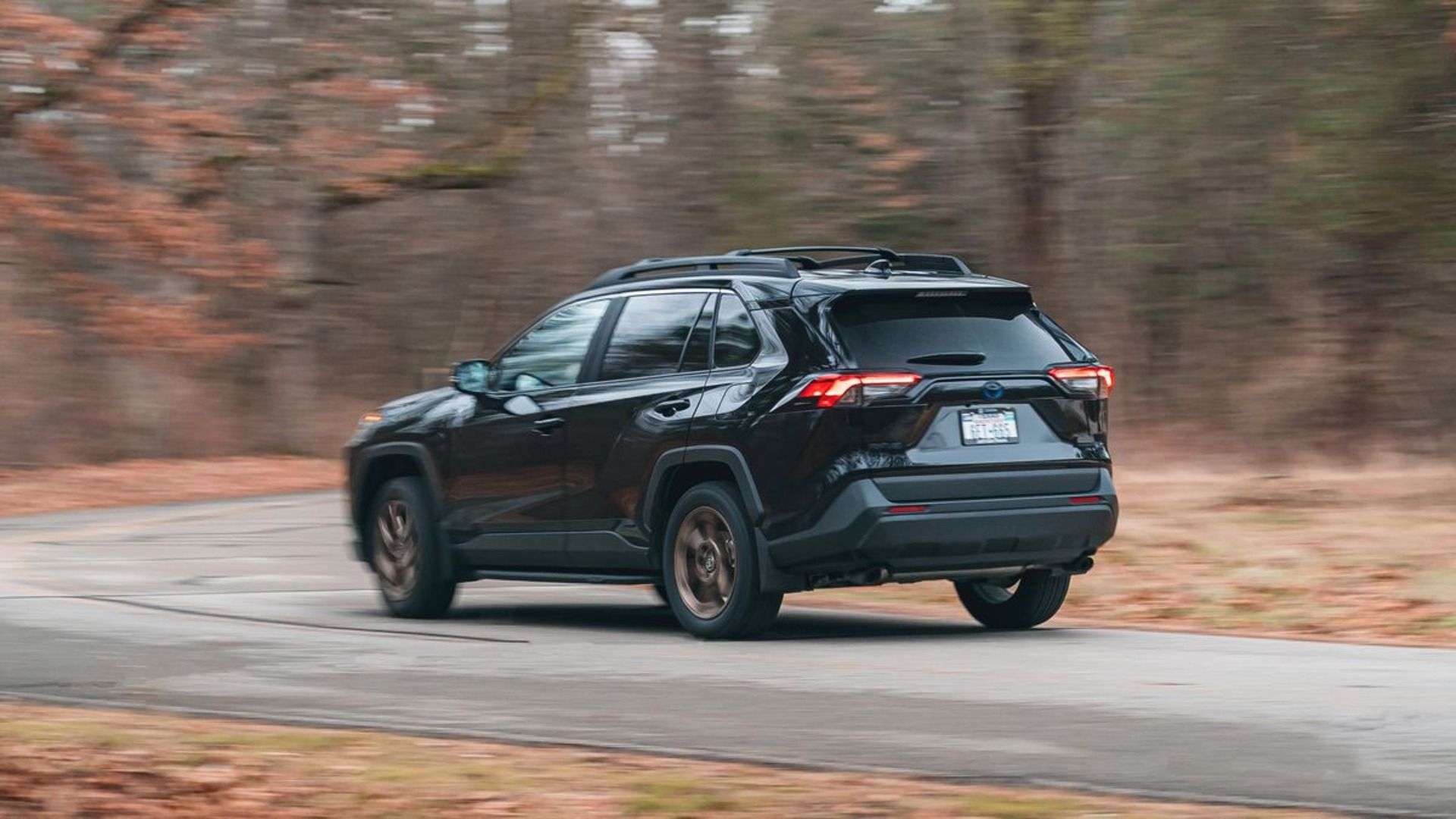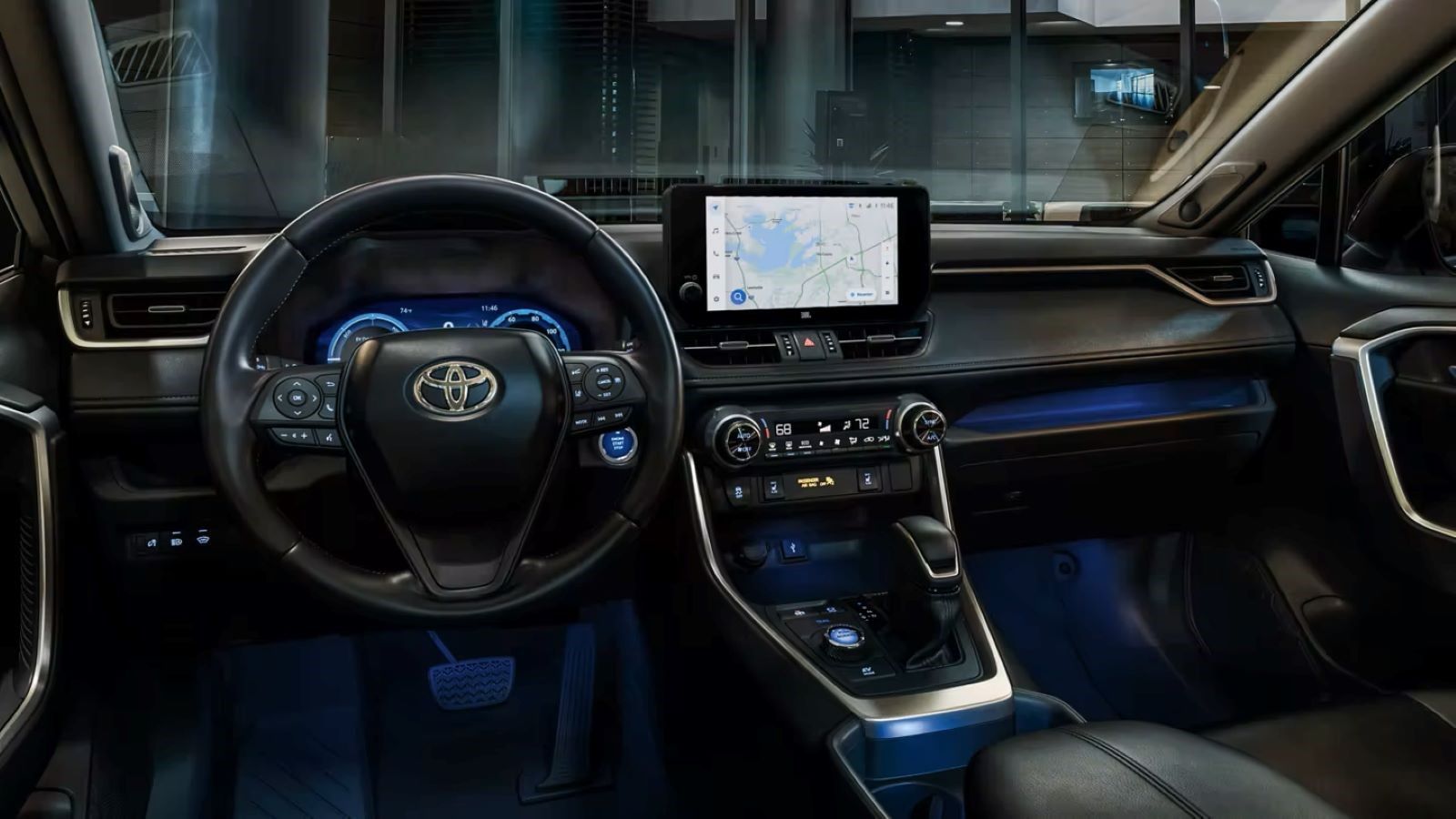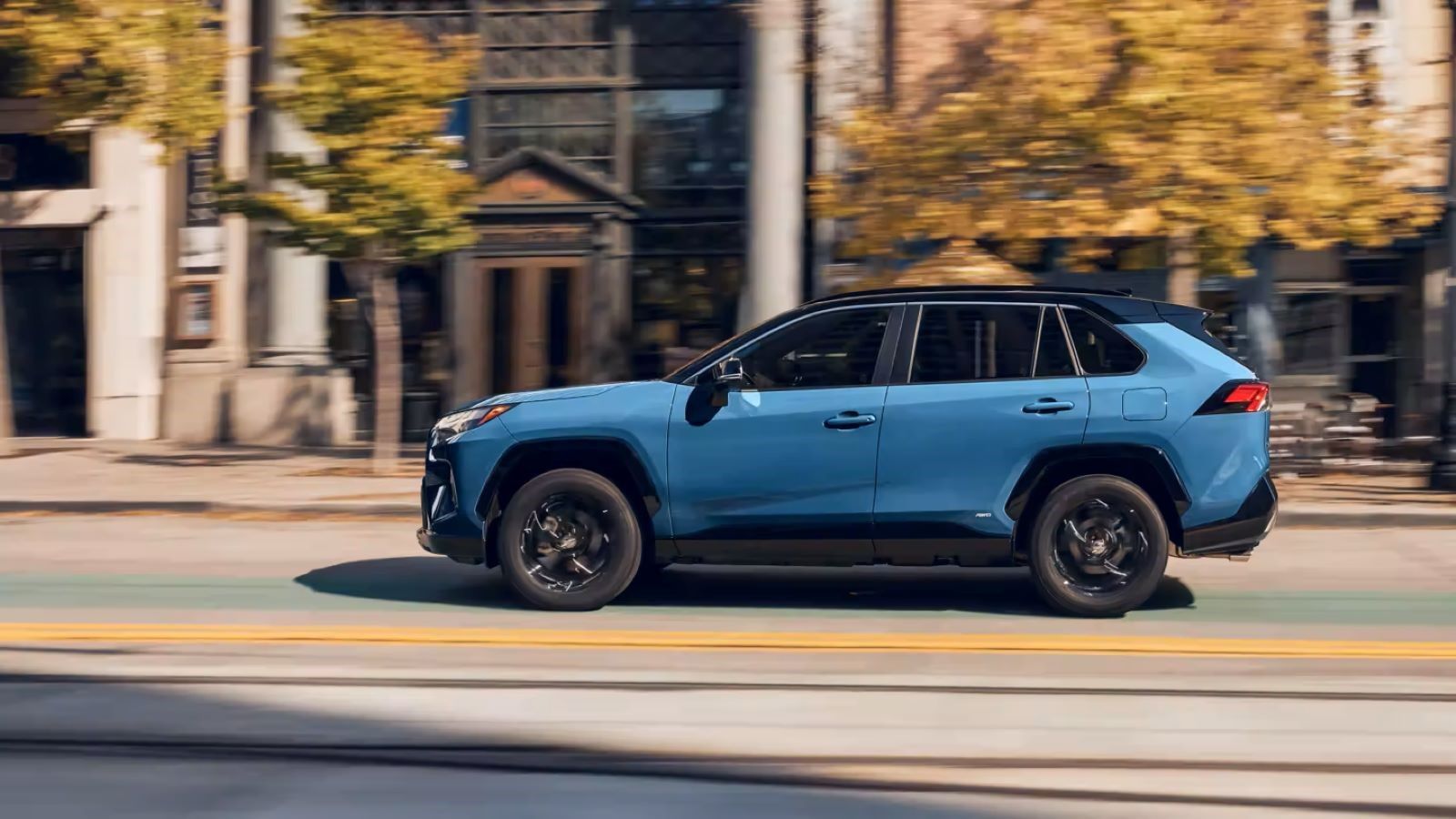The Toyota RAV4 Hybrid and the Honda CR-V Hybrid are two long-standing and highly recognized models in the SUV market. Both vehicles have a well-deserved reputation for reliability and have been popular choices among car buyers for several years. Nevertheless, despite their similarities, these two vehicles have distinct differences that set them apart from one another. On one hand, the Toyota RAV4 Hybrid has been a staple in the hybrid SUV market for several years, offering a smooth and efficient driving experience. On the other hand, the Honda CR-V Hybrid offers a comfortable and refined driving experience too, and has impressive cargo capacity, so it is a good choice if you need to transport large items or luggage.
In any case, these are two vehicles that enter the hottest moment of their mutual competition, since in a few years all-electric cars will take over the market. When that time comes, these models will be left behind, so now is the time for the brands to make the most of them and get the most out of the investment in design and production. The battle in the coming years will be interesting to watch. Meanwhile, more and more conventional hybrids will become plug-in hybrids or pure electrics.
1 The Toyota RAV4 Hybrid Is Cheaper
Currently, the Toyota RAV4 Hybrid is priced slightly lower than the Honda CR-V Hybrid. The 2023 Toyota RAV4 Hybrid has an MSRP of $31,225, while the 2023 Honda CR-V Hybrid is priced at $32,400. However, it is worth noting that the 2022 Honda CR-V Hybrid had a higher price tag of $33,255 and the 2021 Toyota RAV4 Hybrid was priced at $31,785. On the other hand, the 2022 Toyota RAV4 Hybrid started at $30,910, while the 2021 Honda CR-V Hybrid had a starting price of $29,715. This means that the price of the Toyota RAV4 Hybrid has been slowly and steadily increasing, while the price of the CR V Hybrid has been fluctuating to improve its competitiveness. It is important to keep in mind that there is a possibility that the CR-V Hybrid could soon have a lower price than the RAV4 Hybrid.
2 The Toyota RAV4 Hybrid Is More Powerful
In terms of performance, the Toyota RAV4 Hybrid has a slight edge over the Honda CR V Hybrid. The RAV4 Hybrid is equipped with a 2.5-liter four-cylinder engine paired with two electric motors, producing a combined output of 219 Horsepower. The Honda CR-V Hybrid, on the other hand, is equipped with a 2.0-liter four-cylinder engine paired with two electric motors for a combined total of 204 Horsepower. The difference in power output translates to a difference in acceleration times, with the Toyota RAV4 Woodland Edition going from 0 to 60 MPH in 7.3 seconds, while the Honda CR-V Sport Touring takes 7.9 seconds. While neither of these vehicles can be expected to have great acceleration or top speed, power output can have an impact on the vehicle's ability to react in extreme or dangerous situations.
3 Toyota Offers Greater Variety Of Trims
When it comes to trim levels, it is clear that Toyota has many more options available for the RAV4 Hybrid compared to Honda's CR-V Hybrid. Honda only offers two hybrid versions: the Sport and Sport Touring, which are quite similar in terms of performance. However, AWD is only available in the Sport, while it is standard in the Sport Touring. In contrast, Toyota offers at least seven hybrid versions of the RAV4 (apart from the two Prime models), which vary in price and features that come as standard. Some versions of the RAV4 Hybrid have even been praised in the past for their reliability and commercial success, such as the 2022 Toyota RAV4 Hybrid XLE, which, for a very similar price to the base version, adds several standard features and remains the same in the 2023 model year.
4 Nearly Equal Fuel Economy
In relation to fuel economy, the Toyota RAV4 Hybrid and Honda CR-V Hybrid are neck-and-neck. Both vehicles boast good numbers, with the CR-V Hybrid offering between 37 and 40 MPG for both FWD and AWD models, while the RAV4 Hybrid offers the exact same variation for its AWD models, such as the Woodland Edition. However, the CR-V Hybrid FWD does have a slightly superior city fuel efficiency rating, coming in at 46 MPG, which is an area where the Toyota hybrids do not exceed 41 MPG (unless we consider the Prime models). It's worth noting that these numbers may vary slightly depending on driving conditions and driving habits, but overall, both vehicles are excellent in terms of this variable. This is not surprising, as this is one of the strengths of hybrid vehicles.
5 Range: Toyota Narrowly Wins
The Toyota RAV4 Hybrid has a slightly higher range than the Honda CR-V Hybrid. One of Honda's best models in this aspect is the FWD, which reaches 560 miles, while the Toyota can reach up to 580 miles in AWD. For the Honda AWD, the autonomy drops to 518 miles, which is significantly lower. Of course, these are more than acceptable numbers for most conventional uses of these vehicles, but in certain situations, the difference can be crucial, such as on a long trip where you cannot afford to waste a single minute searching for a charging station. If you make the comparison with pure electric vehicles, you will see that these numbers are very difficult to achieve, unless you aim for an option like the Lucid Air.
6 Interior: Honda Offers Better Style-Utility Balance
In the case of the interior of each vehicle, there's a clear difference between the Toyota RAV4 Hybrid and the Honda CR-V Hybrid. While the Toyota offers simple and practical controls in the cabin, there doesn't seem to be much emphasis on aesthetics. On the other hand, the Honda strikes a better balance between practicality and style. As you move up the trim levels, the luxury also improves in the Toyota, but in terms of appearance, the Honda's interior is more well-rounded. The Honda's cabin offers a more modern and upscale look, with high-quality materials and a stylish layout. The RAV4 Hybrid's interior, while functional, feels more basic and utilitarian. Of course, style is a subjective matter, but if interior design is an important factor for you, the CR-V Hybrid may be the better choice.
7 Cargo And Passenger Volume: Honda Wins
The Honda CR-V Hybrid has a slight advantage over the Toyota RAV4 Hybrid in terms of cargo volume, with 39.3 cubic feet (CR-V Sport) compared to Toyota's 36.5 cubic feet (RAV4 XLE). This difference in size is also reflected in the passenger space, which is 104 cubic feet in the Honda and 99 cubic feet in the Toyota. Therefore, it is fair to say that the Honda is more spacious and, as a result, more comfortable for carrying things or for cases when it is full of passengers. However, it is important to note that both vehicles provide plenty of space for everyday use, and the difference in cargo volume may not be a significant factor. Additionally, the RAV4 Hybrid has several clever storage solutions throughout the cabin, such as deep door pockets.
8 Safety: Excellent Features In Both Cases
Both the Toyota RAV4 Hybrid and the Honda CR-V Hybrid score highly in relation to safety, with perfect 5-star overall ratings from the NHTSA. However, there are some differences in the details: the Toyota has 4 out of 5 stars in frontal crash and rollover ratings, while the Honda's 2022 version had 4 out of 5 stars in rollover but a perfect score in other general categories. Therefore, the Honda can be considered slightly safer. It's worth noting that Toyota has invested heavily in driving assistance technology in recent years, with the Toyota Safety Sense 2.5 program now in place. In brief, both the RAV4 Hybrid and the CR-V Hybrid are safe vehicles, but the Honda edges ahead in some areas.
9 Warranties: Toyota Win Thanks To The Details
When it comes to warranties, the Toyota RAV4 Hybrid and the Honda CR-V Hybrid are practically equivalent. Both have a powertrain warranty that covers five years or 60,000 Miles and a limited warranty that covers three years or 36,000 Miles. However, Toyota adds an extended warranty: the hybrid-component warranty covers eight years or 100,000 Miles. This slight difference in warranty coverage positions Toyota better in this aspect, but it may not be a determining factor for everyone. Ultimately, choosing between the Toyota and the Honda will depend on several factors, some of which have already been discussed, and perhaps this is not one of the most important. However, the competition is so tight, it could be relevant to you.
10 Very Similar Dimensions, Although Not Equal
In terms of dimensions and measurements, the Honda CR-V Hybrid is a bit heavier with a curb weight of 3,869 lb. compared to the RAV4 Hybrid's 3,775 lb. However, the Toyota RAV4 Hybrid has a slightly shorter length of 180.9 inches compared to the Honda CR-V Hybrid's 184.8 inches The Honda CR-V Hybrid also has a longer wheelbase at 106.3 inches compared to the RAV4 Hybrid's 105.9 inches In terms of ground clearance, both vehicles have impressive figures of 8.1 inches for the Toyota and 8.2 inches for the Honda. Both vehicles are also similar in terms of overall width without mirrors with the Toyota at 73.0 inches and the Honda at 73.5 inches.

